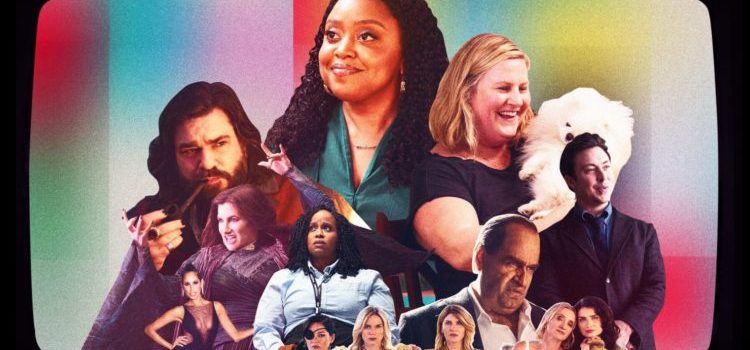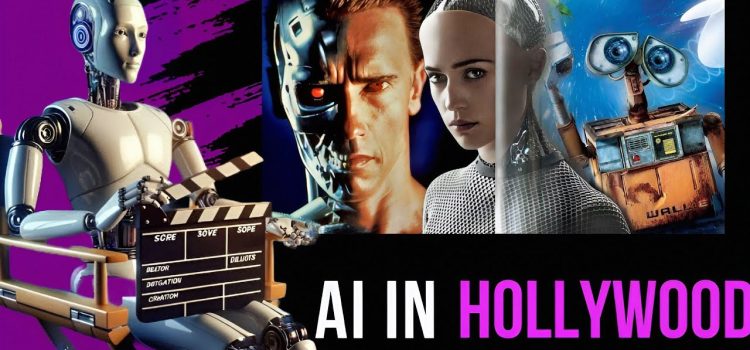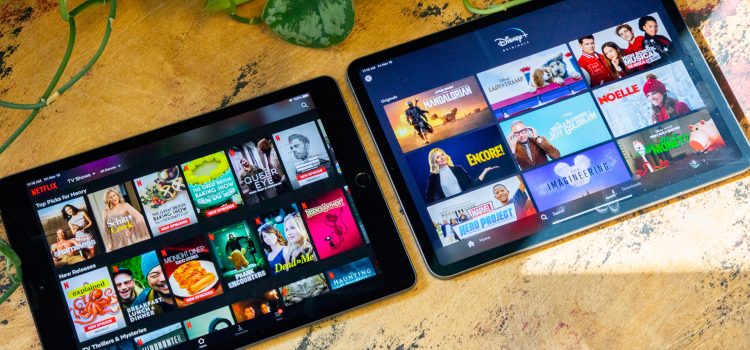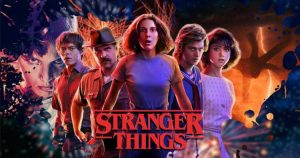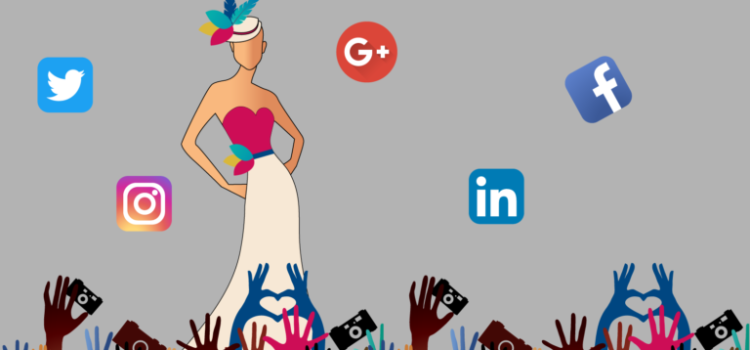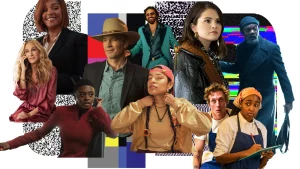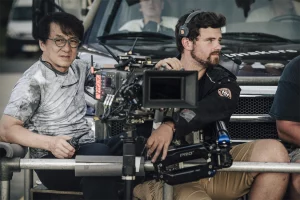
Introduction
The digital media and entertainment landscape is constantly evolving, driven by rapid technological advancements and changing consumer preferences. As we navigate through 2023, several key trends are emerging that promise to reshape the industry. This article delves into the top trends in digital media and entertainment, providing an in-depth analysis of how these trends are influencing content creation, distribution, and consumption.
The Streaming Wars Intensify

- Growth of Streaming Platforms
The competition among streaming platforms continues to heat up, with major players like Netflix, Disney+, Amazon Prime Video, and newcomers such as Apple TV+ and HBO Max vying for market share. These platforms are investing heavily in original content to attract and retain subscribers. - Content Diversification
To stand out in a crowded market, streaming services are diversifying their content offerings. This includes expanding into international markets with localized content, producing a wide range of genres, and exploring niche segments. - Ad-Supported Models
As subscription fatigue sets in, some streaming platforms are experimenting with ad-supported models. This approach aims to provide a more affordable option for consumers while generating additional revenue through advertising.
The Rise of Short-Form Content

- Popularity of Short-Form Videos
Platforms like TikTok, Instagram Reels, and YouTube Shorts have popularized short-form video content. These bite-sized videos cater to the decreasing attention spans of audiences and are highly shareable, making them a powerful tool for brand engagement. - Impact on Traditional Media
The success of short-form content is prompting traditional media companies to rethink their strategies. Many are now creating shorter, more engaging content to appeal to younger audiences who prefer quick, easily digestible videos.
Virtual and Augmented Reality
- Immersive Experiences
Virtual Reality (VR) and Augmented Reality (AR) are revolutionizing the digital media and entertainment industry by offering immersive experiences. From VR gaming to AR-enhanced live events, these technologies are creating new ways for audiences to interact with content. - Investment in AR/VR Content
Content creators and tech companies are investing heavily in AR and VR to develop innovative experiences. This includes everything from VR concerts and virtual theme parks to AR-enhanced shopping experiences.
The Metaverse

- A New Frontier
The concept of the metaverse a collective virtual shared space created by the convergence of virtually enhanced physical reality and physically persistent virtual space is gaining traction. Companies like Meta (formerly Facebook) are leading the charge in developing this new digital frontier. - Entertainment in the Metaverse
The metaverse offers endless possibilities for digital media and entertainment. From virtual concerts and movie screenings to interactive gaming worlds, the metaverse is set to become a central hub for entertainment.
Artificial Intelligence and Machine Learning
- Personalized Content Recommendations
Artificial Intelligence (AI) and Machine Learning (ML) are transforming how content is recommended to users. Streaming platforms and social media networks are leveraging these technologies to provide personalized content recommendations, enhancing user experience and engagement. - Content Creation and Editing
AI and ML are also being used in content creation and editing. From automated video editing tools to AI-generated scripts, these technologies are streamlining the production process and enabling creators to produce high-quality content more efficiently.
Social Media Integration

- Social Media as a Distribution Channel
Social media platforms are becoming key distribution channels for digital media and entertainment. Content creators and brands are leveraging platforms like Instagram, Twitter, and Facebook to reach wider audiences and drive engagement. - Live Streaming
Live streaming on social media has gained immense popularity, offering real-time interaction between content creators and their audiences. This trend is particularly prevalent in the gaming industry, with platforms like Twitch leading the way.
Blockchain and NFTs
- Ownership and Monetization
Blockchain technology and Non-Fungible Tokens (NFTs) are revolutionizing the way digital content is owned and monetized. NFTs provide a way for creators to sell unique digital assets, while blockchain ensures transparent and secure transactions. - Impact on Art and Music
The art and music industries are at the forefront of the NFT revolution. Artists and musicians are using NFTs to sell digital artwork and music, providing new revenue streams and fostering direct connections with their fans.
Sustainability in Digital Media

- Eco-Friendly Practices
As environmental concerns grow, the digital media and entertainment industry is adopting more sustainable practices. This includes reducing the carbon footprint of data centers, promoting digital over physical media, and producing content that raises awareness about environmental issues. - Green Streaming
Streaming platforms are exploring ways to make their operations more eco-friendly. This includes optimizing streaming technology to reduce energy consumption and investing in renewable energy sources.
Conclusion
The digital media and entertainment industry is undergoing a transformative phase, driven by technological advancements and evolving consumer preferences. From the intensifying streaming wars to the rise of the metaverse, these trends are shaping the future of how we create, distribute, and consume content. As we move forward, it will be fascinating to see how these trends continue to evolve and influence the industry.









